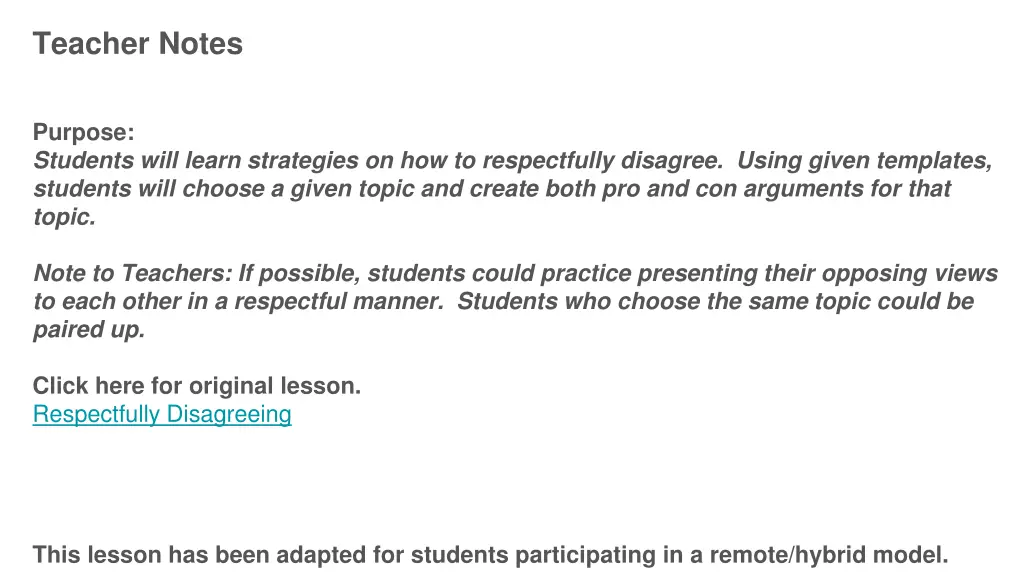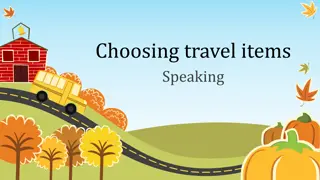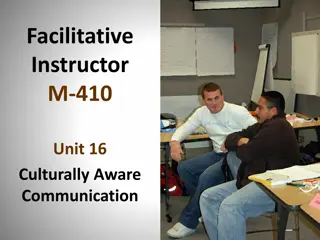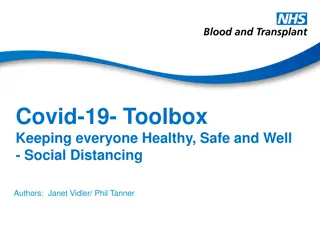
Strategies for Respectfully Disagreeing: Learn to Disagree Effectively
Discover techniques for respectfully disagreeing through pro and con arguments on various topics. Learn from resources like videos and articles on how to present opposing views with respect and stay calm during disagreements. Practice creating strong, respectful arguments with peers in a remote/hybrid learning environment.
Download Presentation

Please find below an Image/Link to download the presentation.
The content on the website is provided AS IS for your information and personal use only. It may not be sold, licensed, or shared on other websites without obtaining consent from the author. If you encounter any issues during the download, it is possible that the publisher has removed the file from their server.
You are allowed to download the files provided on this website for personal or commercial use, subject to the condition that they are used lawfully. All files are the property of their respective owners.
The content on the website is provided AS IS for your information and personal use only. It may not be sold, licensed, or shared on other websites without obtaining consent from the author.
E N D
Presentation Transcript
Teacher Notes Purpose: Students will learn strategies on how to respectfully disagree. Using given templates, students will choose a given topic and create both pro and con arguments for that topic. Note to Teachers: If possible, students could practice presenting their opposing views to each other in a respectful manner. Students who choose the same topic could be paired up. Click here for original lesson. Respectfully Disagreeing This lesson has been adapted for students participating in a remote/hybrid model.
Respectfully Disagreeing People disagree. We may disagree on whether or not there should be homework, school uniforms, more recess time, year- round schools, or whether or not students be able to chew gum in school. Discourse is a written or spoken disagreement. It is important when we disagree, either in writing or speaking, that we are respectful to each other. The article and videos that follow will help you understand what it means to respectfully disagree.
Kid President How To Disagree This video highlights how you can disagree with people respectfully. It recognises that we are not all going to agree with each other, because let's face it, "people are different". However, we do have a choice as to how we treat people when we do disagree with them: respectfully or disrespectfully.
5 Ways to Respectfully Disagree - How to Disagree politely Hello Lovers! If you have a right to have your values and believes, other people have a right to have their values and believes too. Thus you both should respect your values and believes. Those values and believes might contradict each other, but this fact shouldn t prevent you from respecting each other s views. So here are 5 Ways to Respecfully Disagree. Subscribe for more videos http://bit.ly/2jRhkZh ---My Details--- What I make my videos with: http://bit.ly/1hJIUwE Twitter : https://twitter.com/loveadvisezone Facebook : https://www.facebook.com/loveadvisezone Instagram : https://instagram.com/loveadvisezone
Lets review the five ways to respectfully disagree. Don t make it personal Avoid putting down the other person s ideas or beliefs Use I statements Listen to the other person s point of view Stay calm
Click the article below to read, or listen to the article. Pay attention to the steps you can take to create a strong, respectful argument. Newsela Article
Remember these three parts of an argument with three letters: A R E. A Assertion: This is a simple statement like: Students need to spend more time enjoying recess. R Reasoning: This is the because part of an argument: Students need to spend more time enjoying recess because fresh air and exercise fosters a healthy body. E Evidence: This is the part that supports the reasoning: Students need to spend more time enjoying recess because fresh air and exercise fosters a healthy body. Fresh air has been shown to help digest food, strengthen the immune system,reduce obesity rates, and lead to a healthier body.
There are four parts to refuting an argument. Restate: The first step is to restate the argument that you want to challenge. Speaker one says that students need to spend more time outdoors. Refute: The next step is to state your opposite point of view, which you can introduce with the word "but". Speaker one says that students need to spend more time enjoying recess, but that will take away from academic time. Support: In this part of a refutation you should give reasoning and evidence to make your claim stronger. Speaker one says that students need to spend more time enjoying recess, but that will take away from academic time. Recess takes away from important instructional time which may improve test scores. Conclude: In the fourth step you should wrap up your refutation by introducing your final, key point with a word like therefore . Speaker one says that students need to spend more time enjoying recess, but that will take away from academic time. Recess takes away from important instructional time which may improve test scores. Therefore, students should not spend more time enjoying recess.
Now it is time for you to give it a try! Your task is to use what you have learned to create an argument for and against one of the topics on the next slide. You will need to do some research to support your position on both sides of the argument.
Here are a few topics to choose from. Junk food should be banned from schools Zoos should be abolished. Sports stars are paid too much money Recycling should be required Homework should be banned
Use this slide to type your assertion, or simple statement. A Assertion: TYPE HERE R Reasoning: TYPE HERE E Evidence: TYPE HERE
Use this slide to type your argument against the simple statement. Restate: TYPE HERE Refute: TYPE HERE Support: TYPE HERE Conclude: TYPE HERE






















